Pratique | Identification
Identifier et observer la Bernache cravant à ventre pâle en France
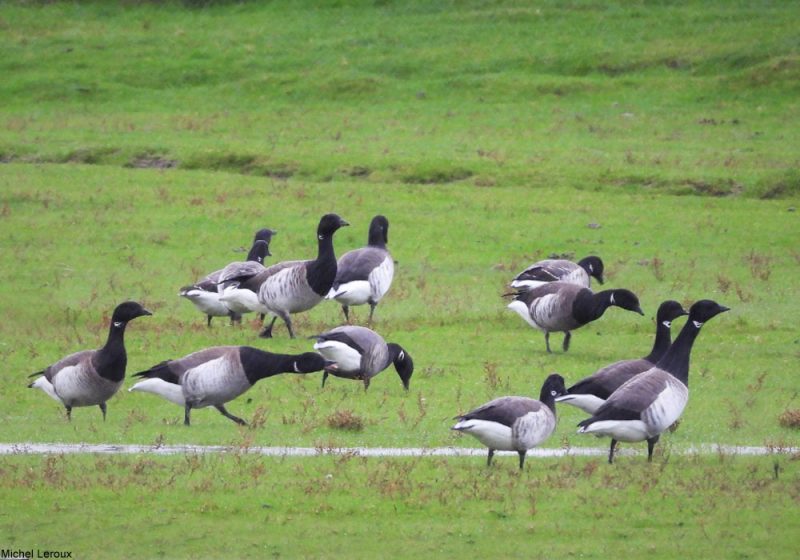
Bernaches cravants à ventre pâle (Branta bernicla hrota), havre de la Vanlée, Bricqueville-sur-Mer (Manche), le 22 décembre 2020.
Photographie : Michel Leroux
Introduction
La Bernache cravant (Branta bernicla) est une petite oie sombre qui hiverne le long des côtes soumises aux marées. Elle est divisée en quatre (ou trois selon les auteurs) sous-espèces : à ventre sombre ou nominale (Branta bernicla bernicla), la plus commune en Europe en hiver, à ventre brun (B. b. nigricans), du Pacifique (B. b. orientalis) (qui était autrefois fusionnée avec B. b. nigricans) et à ventre pâle (B. b. hrota).
Cette dernière, qui niche dans les archipels du Svalbard et de François-Joseph, au Groenland et au Canada, hiverne en petit nombre en France, presque entièrement dans les havres (estuaires) qui parsèment la côte occidentale de la presqu’île du Cotentin, dans le département de la Manche.
Dans cet article, nous vous présentons cette sous-espèce, les critères pour l’identifier et les bons secteurs pour l’observer en France. Nous remercions Michel Leroux et Marc Fasol pour nous avoir aidés à illustrer cet article.
Abstract
The Brent Goose Branta bernicla is a small dark goose that overwinters along tidal coasts. It is divided into four subspecies (or three according to the authors): the Dark-bellied or nominal Brent Geese Branta bernicla bernicla, the most common in Europe in winter, the Grey Brant Goose B. b. nigricans, the Black Brant Goose B. b. orientalis (which was formerly merged with B. b. nigricans) and the Pale or Light-bellied Brent Goose B. b. hrota. The latter, which breeds in the archipelagos of Svalbard and Franz Josef, in Greenland and in Canada, winters in small numbers in France, almost entirely in the small estuaries that dot the western coast of the Cotentin peninsula (in the department of Manche).
In this article, we present this subspecies, the criteria to identify it and the good spots to watch it in France. We thank Michel Leroux and Marc Fasol for helping us to illustrate this article.
Poursuivez la lecture de cet article, en vous abonnant dès maintenant !
Découvrez les Archives d’Ornithomedia.com
Pour seulement 10,00 €TTC/an (ou 6,00 € les 6 mois)
Profitez de plusieurs centaines d’articles en accès illimité et sans aucun engagement.
Compléments
Dans la galerie d’Ornithomedia.com
- Bernache cravant à ventre sombre (Branta bernicla bernicla)
- Bernache cravant à ventre pâle (Branta bernicla hrota)
Ouvrages recommandés
- Le guide Ornitho de Killian Mullarney et al
- Ducks, Geese and Swans de Janet Kear
Sources
- S. Dalloyau et Réseau National Bernaches (2020). Bernaches cravants et nonnette hivernant en France : Bilan de la saison 2019-2020. Réseau National Bernaches / Wetlands International. LPO. 29 pages. www.lpo.fr
- Lapoused (2020). Hivernage de la Bernache cravant à ventre pâle à Fouesnant (depuis 2007). Lapoused.fouen.free.fr
- Marie S. Vissing, Anthony D. Fox et Preben Clausen (2020). Non-stop autumn migrations of Light-bellied Brent Geese Branta bernicla hrota tracked by satellite telemetry – racing for the first Zostera bite? Wildfowl. Volume : 70. Pages : 76–93. wildfowl.wwt.org.uk
- Svein-Håkon Lorentsen (2020). Ringgås Branta bernicla (Linnaeus, 1758). Artsdatabanken. Artsdatabanken.no
- Strangford Lough and Lecale Partnership (2020). Brent Geese are back in the Lough. Date : 01/09. www.strangfordlough.org
- WWT (2020). East Atlantic Light-bellied Brent Goose. Waterbird monitoring. monitoring.wwt.org.uk
- Philippe Lemarinel (2019). Histoires de bernaches à ventre pâle Branta bernicla ssp. hrota en Normandie : faits marquants de l’hiver 2018-2019. L’Argiope. Numéro : 106. Manche-nature.fr
- Anddy Stoddart (2018). Brent Geese photo ID guide. Birdguides. www.birdguides.com
- Catherine King (2014). Brent geese – VIP guests in the Channel Islands. Birds on the Edge. Date : 21/11. www.birdsontheedge.org
- HELCOM (2013). Branta bernicla hrota (wintering). Helcom.fi
- Wetlands International (1999). Goose Populations of the Western Palearctic. Numéro : 48. Issuu.com




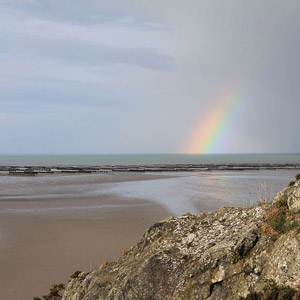
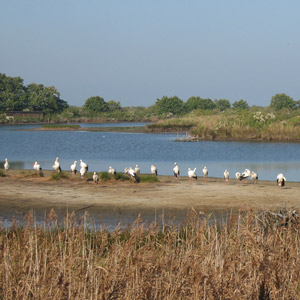
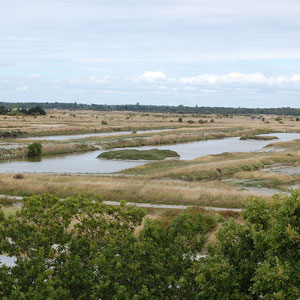
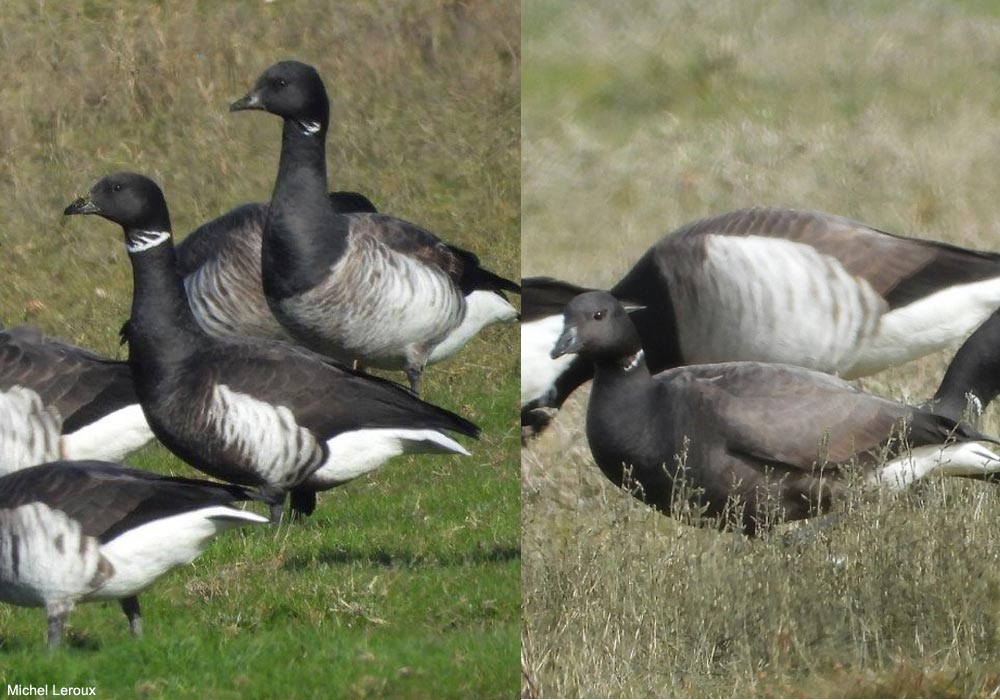
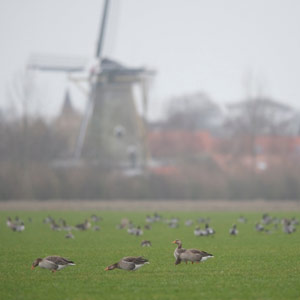
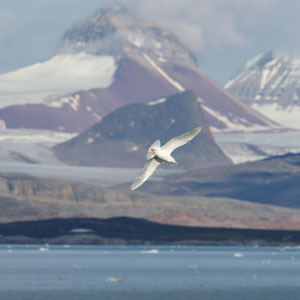
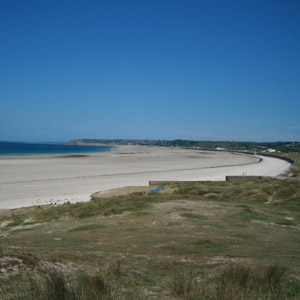
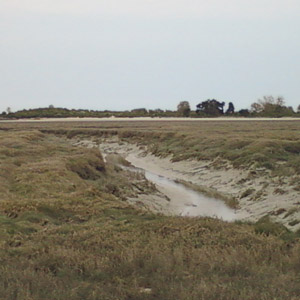
Aucun commentaire sur ce sujet
Participer à la discussion !